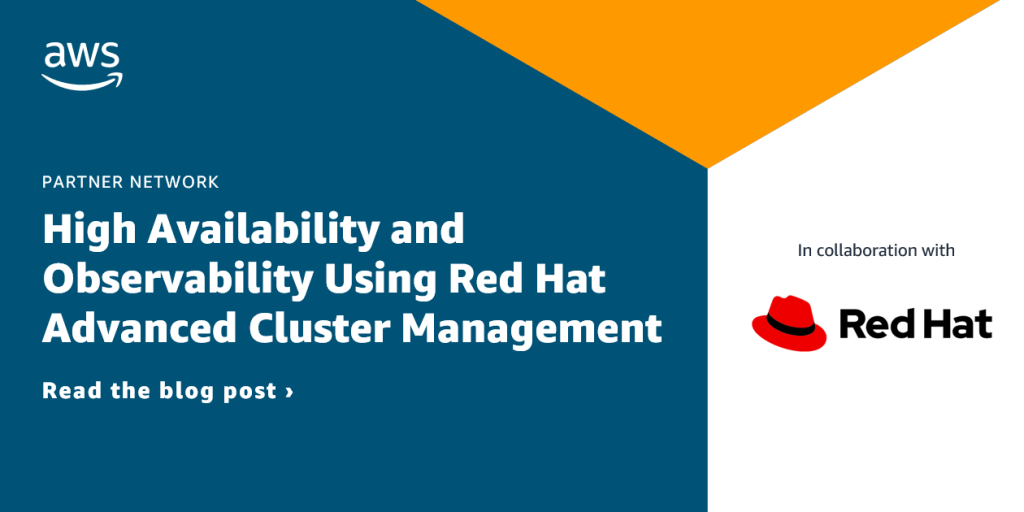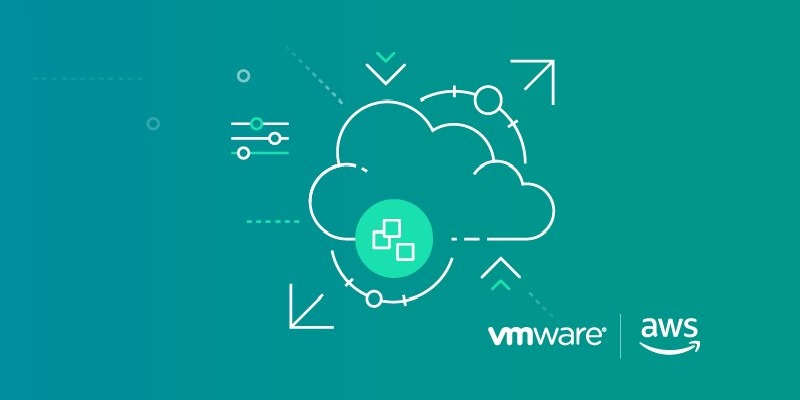AWS Partner Network (APN) Blog
Tag: High Availability
Customers enhance SAP availability with SUSE solutions on AWS
SAP applications, considered the backbone for many enterprises, can have their availability enhanced through the use of SUSE solutions on AWS. SAP systems run critical business processes, functional and technical modules to meet their business goals. That’s why maximizing SAP applications availability is a common requirement for organizations. By reading this blog post, you will learn how customers increase their SAP applications availability with SUSE innovations on AWS.
Building with Cells: High Availability and Disaster Recovery Strategies for ADP’s Globally Distributed Enterprise Platforms
Lifion by ADP is an AWS-qualified software offering that builds human capital management (HCM) software to help large, international enterprises manage their workforce. This post explores Lifion’s Kubernetes availability strategy, the datastore design principles used to provide high reliability, and their approach to cell-based reliability engineering (CBRE), which provides mechanisms to compose and re-compose ADP systems against interruptions.
High Availability and Observability Using Red Hat Advanced Cluster Management for Kubernetes
As container usage increases in application modernization efforts, Kubernetes plays an important role in managing container-based applications. Managing these multi-cluster life cycle, application deployments, and enforcing security policies across clusters is often challenging and time consuming. Learn how Red Hat Advanced Cluster Management for Kubernetes (RH ACM) addresses the challenges associated with managing multiple clusters and meets the requirements of multiple personas.
Diving Deep on the Foundational Blocks of VMware Cloud on AWS Outposts
Learn how AWS customers and partners can leverage VMware Cloud on AWS Outposts to scale and modernize vSphere workload deployment on premises. With VMware Cloud on AWS Outposts, organizations can now run legacy applications that could not otherwise be migrated to the cloud due to latency, data residency, and local data processing requirements. Additionally, customers have the ability to run vSphere workloads on a fully-managed solution in locations without AWS Regions.
Warming Amazon EC2 Instances Using AWS Lambda to Improve Application Availability
The legacy nature of its Windows application was a challenge faced by a rail manufacturer while migrating to AWS was. Refactoring the application to leverage AWS cloud-native features was not a viable option in this case, as the vendor had stopped their software maintenance and support. Learn how IBM leveraged AWS to improve the application’s long startup time by implementing a warming functionality using AWS Lambda and AWS Systems Manager.
How Citrix ADC on AWS Helps Customers Deliver Applications Securely
Many customers are focused on building cost-optimized solutions as they expand on AWS to grow their success. In recognizing that every customer can be in a different phase of their cloud adoption, it’s important to understand the following use cases: expanding from on-premises data centers to AWS; shifting away from on-premises to AWS; and starting out on AWS to serve users globally. This post explores how Citrix ADC can help customers in each use case.
How Zen Saved 75% on Licensing By Migrating MS SQL Server Workloads to Amazon RDS
Many enterprises with applications that use Microsoft SQL Server workloads feel constrained by the punitive licensing costs. They are looking to save on MS SQL Server license commitments, and reduce their operational overhead and complexity. Learn how Zen helped their customer save 75& on licensing costs by migrating SQL Server workload to Amazon Amazon RDS, and dive deep on the technical challenges, solution architecture, key processes, and individual steps of the migration.
Microsoft SQL Standard Clustering Across AWS Availability Zones with Zadara Storage as a Service
With Zadara offering Storage-as-a-Service across Availability Zones, the platform’s centralized storage services release the ability to connect multiple Microsoft (MSSQL) servers in a standard Windows Server Failover Cluster model to a single set of shared storage volumes. This removes the need for MSSQL Enterprise Edition licensing and the doubling up of Amazon EBS disk for Amazon EC2 instances. In this post, explore the use of high availability MSSQL Standard Clustering on AWS with Zadara.
How Insurity Architected ClaimsXPress for High Availability and Resiliency on AWS
ISVs servicing the insurance industry can take advantage of AWS infrastructure and services to architect solutions that meet these needs, without requiring large up-front capital expenditures. Insurity ClaimsXPress is a claims management system built on AWS that provides a redundant, secure, multi-region architecture. In this post, we will outline how Insurity has architected their ClaimsXPress solution on AWS to deliver an enterprise-grade SaaS solution for the commercial insurance market.
Diving Deep on the Foundational Blocks of VMware Cloud on AWS
VMware Cloud on AWS enables customers to extend their on-premises data centers and easily migrate application workloads without having to convert machine image formats or undergo a re-platforming process. Customers no longer have to over-provision hardware resources to accommodate for host failures. Instead, they can increase utilization of the cluster resources, as host failure replacement takes minutes, not days or weeks. In this post, we dive deeper into the foundational blocks that make up this service.









